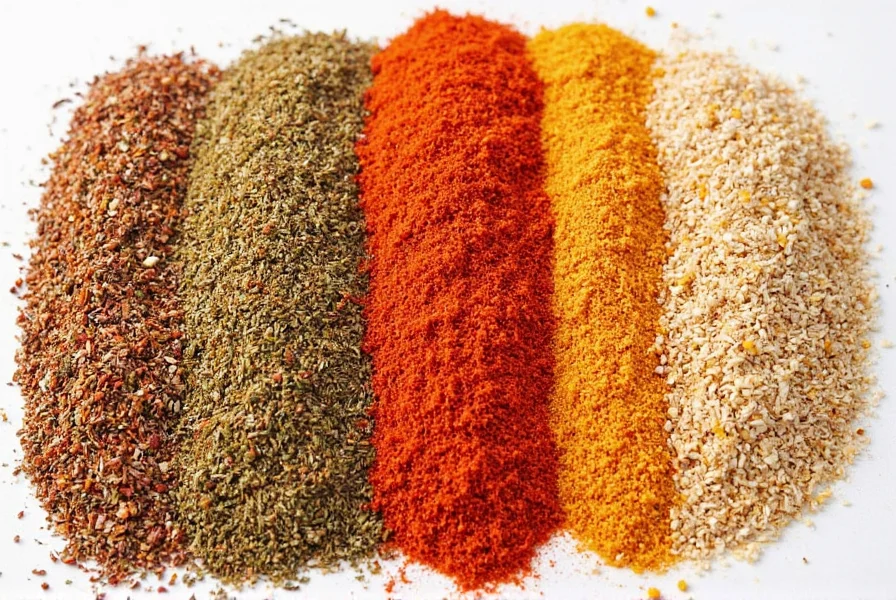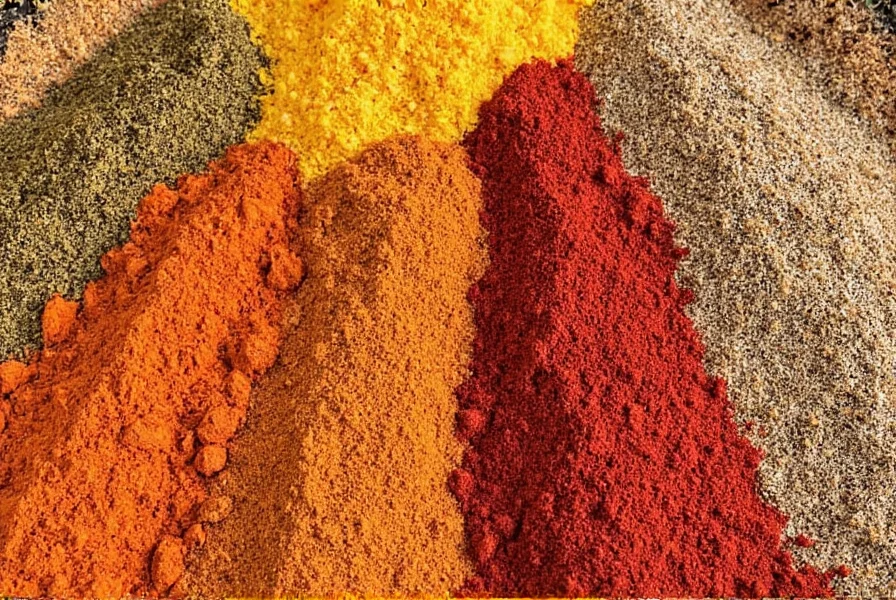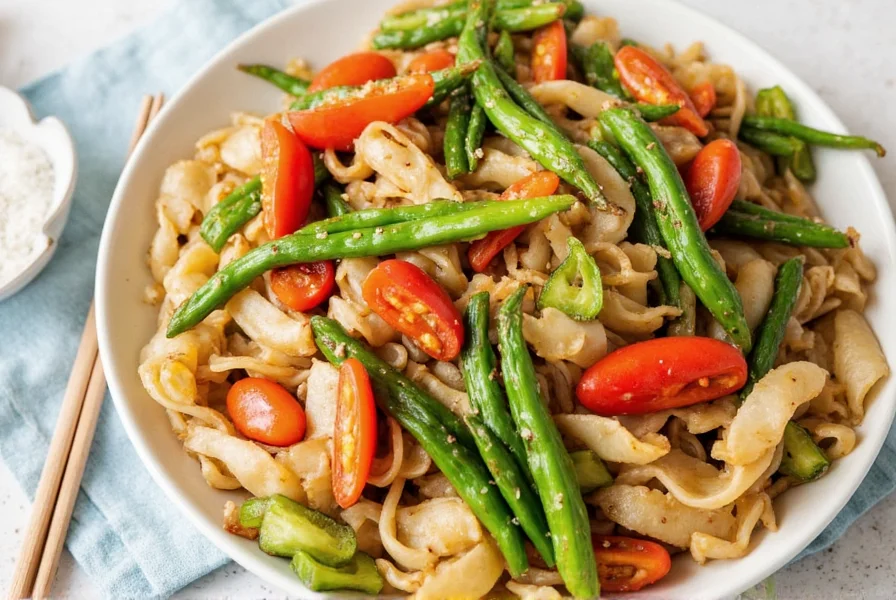A Spicy Guide to Chinese Seasoning: From Basics to Bold Flavors
Table of Contents
Introduction to Chinese Seasoning
Chinese seasoning is more than just a collection of spices—it's the soul of many iconic dishes. From the fiery heat of Sichuan peppercorns to the umami-rich depth of soy sauce, these ingredients form the backbone of Chinese cuisine. Whether you're a seasoned chef or a home cook with a passion for bold flavors, understanding the basics of Chinese seasoning can elevate your cooking game significantly.
In this article, we'll explore the most commonly used seasonings in Chinese cooking, how they’re applied, and why they matter. We’ll also provide practical tips and a detailed buying guide to help you choose the right products for your kitchen. And yes, we’ll even take a deep dive into what makes seasoning chinese so special—because it’s not just about flavor, it’s about tradition, balance, and harmony.

Essential Chinese Seasonings You Should Know
Chinese cuisine relies on a unique blend of ingredients that work together to create complex and layered flavors. Here are some of the most essential seasonings you should know:
- Soy Sauce: A staple in almost every Chinese dish, soy sauce adds saltiness and depth. There are several types, including light soy sauce (for stir-frying) and dark soy sauce (for braising).
- Oyster Sauce: Made from oyster extract, this sauce brings a savory, slightly sweet flavor to dishes like stir-fries and dumplings.
- Shaoxing Wine: This rice wine is used to deglaze pans, tenderize meat, and add a subtle aroma to recipes.
- Sichuan Peppercorns: Known for their numbing effect, these tiny red seeds are essential in Sichuan cuisine, adding both heat and texture.
- Five-Spice Powder: A blend of star anise, cinnamon, cloves, Sichuan peppercorns, and fennel seeds, this spice mix is used in both sweet and savory dishes.
- Garlic and Ginger: These two aromatics are the foundation of countless Chinese recipes, bringing warmth and fragrance to every dish.

Comparison Table: Types of Soy Sauce
| Type | Flavor Profile | Best For |
|---|---|---|
| Light Soy Sauce | Mild, salty | Stir-frying, marinating |
| Dark Soy Sauce | Rich, sweet, fermented | Braising, glazing |
| White Soy Sauce | Very mild, delicate | Dipping sauces, cold dishes |
Cooking Techniques That Use Chinese Seasonings
Chinese cooking isn't just about the ingredients—it's also about how they're used. Different techniques bring out different aspects of the seasonings. Here are some common methods and how they interact with Chinese seasonings:
- Stir-Frying: Quick cooking at high heat, often using soy sauce, garlic, and ginger. The seasonings get infused quickly, creating a vibrant, aromatic dish.
- Braising: Slow-cooking in a sauce, often using dark soy sauce, Shaoxing wine, and five-spice powder. This method deepens the flavor and tenderizes the ingredients.
- Steaming: A gentle technique that preserves the natural taste of ingredients. Often paired with soy sauce or oyster sauce for added flavor.
- Marinating: Soaking meat or seafood in a mixture of soy sauce, rice wine, and spices before cooking. This enhances flavor and tenderness.
Practical Tips for Using Chinese Seasonings
Using Chinese seasonings effectively can be tricky if you're new to them, but with a few key tips, you can unlock their full potential:
- Start Small: Many Chinese seasonings are strong, especially things like Sichuan peppercorns or five-spice powder. Start with small amounts and adjust as needed.
- Balance Is Key: Chinese cuisine emphasizes balance between sweet, sour, salty, bitter, and umami. Don’t overdo one flavor—let them complement each other.
- Use Fresh Ingredients: Fresh garlic, ginger, and herbs make a huge difference. If possible, use fresh instead of dried whenever possible.
- Experiment with Combinations: Try pairing different seasonings to find your favorite combinations. For example, try using oyster sauce with chili oil for a bold, savory kick.
- Store Properly: Some seasonings, like soy sauce or oyster sauce, can last a long time, while others, like Sichuan peppercorns, may lose potency over time. Store them in a cool, dry place.

Buying Guide for Chinese Seasonings
If you're serious about incorporating Chinese seasoning into your cooking, it's important to choose quality products. Here’s a guide to help you make the best choices:
Top 5 Must-Have Seasonings
- Soy Sauce
- Features: Saltiness, umami, versatility
- Advantages: Can be used in everything from marinades to dressings
- Use Cases: Stir-frying, braising, dipping
- Target Audience: Home cooks, professional chefs
- Suitable Occasions: Everyday meals, festive dinners
- Oyster Sauce
- Features: Umami, savory, slightly sweet
- Advantages: Adds depth and richness to dishes
- Use Cases: Stir-fries, dumplings, noodles
- Target Audience: Fans of savory flavors
- Suitable Occasions: Weeknight dinners, family gatherings
- Shaoxing Wine
- Features: Aromatic, slightly sweet
- Advantages: Enhances flavor and helps tenderize meats
- Use Cases: Braising, marinating, deglazing
- Target Audience: Serious cooks and traditionalists
- Suitable Occasions: Special occasions, holiday feasts
- Sichuan Peppercorns
- Features: Numbing, spicy, aromatic
- Advantages: Unique texture and flavor profile
- Use Cases: Sichuan dishes, hot pot, chili oil
- Target Audience: Spice lovers, adventurous eaters
- Suitable Occasions: Bold meals, themed dinners
- Five-Spice Powder
- Features: Complex, aromatic, balanced
- Advantages: Adds depth and warmth to a wide range of dishes
- Use Cases: Roasted meats, stews, soups
- Target Audience: Culinary enthusiasts
- Suitable Occasions: Holiday meals, cultural celebrations
Conclusion
Chinese seasoning is a world of its own—rich, diverse, and deeply rooted in tradition. Whether you're looking to recreate classic dishes or experiment with new flavor combinations, understanding the basics of these seasonings will open up a whole new realm of culinary possibilities. As we’ve seen, seasoning chinese isn’t just about adding flavor; it's about creating balance, depth, and character in every bite.
With the right tools, a bit of knowledge, and a willingness to experiment, you can transform your cooking and bring the essence of Chinese cuisine into your own kitchen. So grab your favorite spices, roll up your sleeves, and let the flavors of China come alive on your plate!










 浙公网安备
33010002000092号
浙公网安备
33010002000092号 浙B2-20120091-4
浙B2-20120091-4